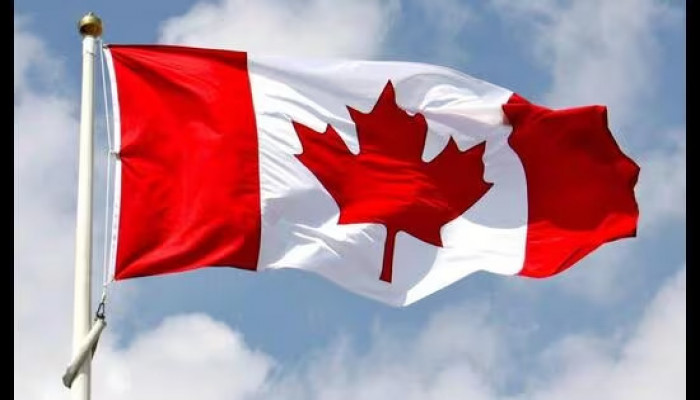Canada caps immigration target as it struggles with housing crisis, inflation
- In Reports
- 12:14 PM, Nov 03, 2023
- Myind Staff
As the nation struggles with high inflation and a housing crisis, Canada's liberal government announced that it would cease increasing immigration after 2026 while keeping immigration targets unchanged for the following two years. This is the first time since the Justin Trudeau government came into power in 2015 that the immigration levels have not been enhanced.
A statement from Immigration, Refugees and Citizenship Canada (IRCC) said, “Starting in 2026, the government will stabilize permanent resident levels at 500,000, allowing time for successful integration, while continuing to augment Canada’s labour market.”
The statement also stated that the government will "take action over the next year to recalibrate the number of temporary resident admissions to ensure this aspect of our immigration system also remains sustainable," suggesting that changes to other categories for newcomers, such as temporary workers and international students, may also be in the works.
Amidst economic concerns, immigration has been partially held accountable for affecting the affordability of housing and adding to the strain on healthcare and infrastructure, such as transportation. This was acknowledged in the release, which said, “This plan is tailored to support economic growth while balancing with the pressures in areas like housing, healthcare and infrastructure. It charts a responsible course for sustainable and stable population growth.”
Canada is targeting 465,000 new residents this year, 485,000 in 2024 before hitting 500,000 in 2025 - a level it aims to maintain in 2026, Immigration Minister Marc Miller told reporters in Ottawa.
"These immigration levels will help set the pace of Canada's economic and population growth while moderating its impact on critical systems such as infrastructure and housing," Miller said.
“By stabilising the number of newcomers, we recognise that housing, infrastructure planning, and sustainable population growth need to be properly taken into account,” Miller said.
Although the halt in targeted immigration levels was justified in light of housing shortages and declining public support, the Royal Bank of Canada (RY.TO) stated that immigrants would eventually be necessary for Canada.
The nation's top lender stated in a report that immigration of roughly 2.1% would be necessary to stabilise the age structure of the population, since the yearly inflow of 1.3% of immigrants was insufficient.
Canada's population has grown mainly through immigration, and population growth has helped fuel economic growth in recent years.
Some economists have blamed immigration for worsening the country's housing shortage, even though some immigrants also work in industries like construction that are facing a labour shortage.
For this reason, the Bank of Canada has said immigration has been both a driver and a brake for inflation, which stood at 3.8% in September.
Immigrants from India form the largest country cohort among new permanent residents or PRs. According to the IRCC’s annual report tabled in Parliament on Wednesday, last year, those from India comprised 118,224 or nearly 27% of the total 437,539 PRs admitted.
According to Statistics Canada, a significant influx of immigrants helped Canada's population increase last year at its fastest rate since 1957, ranking it among the world's fastest-growing nations. This helped partially offset the effects of older citizens retiring and driving up healthcare expenditures.
Image source: Reuters







Comments